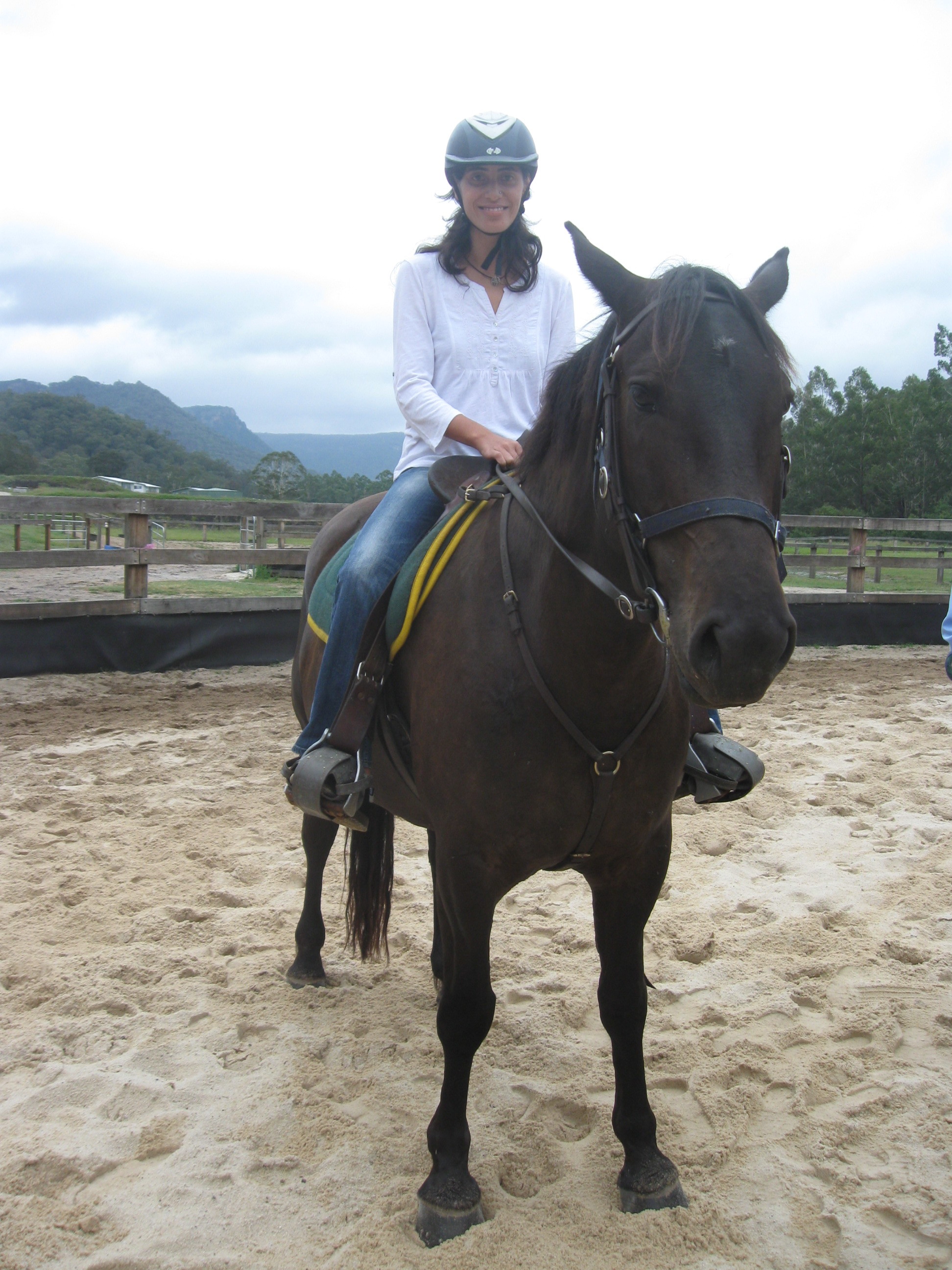In Harmony With Nature at Australia's Wolgan Valley
Sitting in a rocking chair on the veranda of my suite, the only thing I could hear was the sound of nature: croaking frogs and rustling leaves and twigs swaying in the breeze. It was pitch dark, and Jakarta felt light years away.
I had just arrived in Wolgan Valley, a beautiful piece of land nestled between the Gardens of Stone National Park to the north and the Wollemi National Park to the east, both part of the Greater Blue Mountains World Heritage region. It is a three-hour drive from Sydney, across the Blue Mountains and, for the last 15 kilometers or so, over bumpy, muddy roads and graveled paths.
As part of a three-day media trip for journalists from Indonesia, I was staying at the Wolgan Valley Resort & Spa, owned by Emirates Hotels and Resorts. The resort is located in the middle of nowhere, and that is exactly what makes it so special.
It also follows a philosophy of being fully integrated with the environment, giving its support to conservation efforts and the protection of endangered species.
The 40 suites at the resort are modeled after the rural homes of early Australian settlers, but they, of course, have far superior amenities and facilities. The main homestead has a reception area, restaurants, swimming pool, a spa and stables further down the road. That is all there is. The rest is pure nature and wildlife.
For someone like me, who has spent most of her life living in big cities, this was a completely new and different travel experience. I gladly took up the offer to participate in a wide range of activities designed to introduce me to my surroundings and the cultural and natural heritage of the valley.
During a drive through the area, I was able to spot several animals unique to Australia: different birds and butterflies, but mainly kangaroos, wallaroos and wallabies. Most of them gazed at us suspiciously as we were passing by and kept their distance, quickly hopping away when they thought we came too close, but others didn’t seem to mind the humans staring at them through the car windows.
There are also three albino wallabies that have made the resort area their home. I was lucky enough to spot one of them, a rare and unique sight, as the Australian couple sitting next to me in the car assured me.
A day later, I embarked on a similar tour, only this time we left the resort at night. Since most of the animals are nocturnal, there is a better chance to spot them in the dark. Equipped with a red light lamp that is not harmful to the animals’ eyes, we came across several wombats, adorable short-legged creatures with stubby tails, and even more kangaroos, wallaroos and red-necked wallabies.
The next morning, I was introduced to the region’s flora during a walk. I learned what plants are poisonous and which roots are edible.
In the Wollemi Pine Grove, one can find a bunch of trees from this rare species. The Wollemi pine was thought to be extinct and only known through fossil records, when it was rediscovered in 1994 by field officer David Noble. Even though Wollemi pine specimens have been distributed to botanical gardens worldwide since, it remains a critically endangered species.
Back at the resort, I had the opportunity to fulfill a longtime dream: I took a horse-riding lesson at the stables. As I sat on the back of Marshmallow, a very meek and gentle horse that willingly followed my clumsy instructions, I felt like I had been transported into another time.
Besides the stables, the resort has another unique feature: the original homestead that was built on the property by the Walker family as a cattle outstation in Wolgan Valley. Six years later, the family received a very special guest, English naturalist Charles Darwin, who seemed quite taken by the breathtaking scenery and the formations in the area. He penned a detailed description of the area.
In 1929, the Webb family took over, and the property remained in their hands until it was bought by Emirates in 2006 with the aim to build a luxury resort on the site. Instead of tearing down the remnants of the homestead, which was in disrepair by that time, the company decided to restore it.
A one-hour tour takes visitors through rooms that feature much of the original, painstakingly restored furniture and tools necessary to run a cattle farm. The herbs, vegetables and fresh fruit from the garden are used in the resort’s kitchen, which turns the ingredients into delicious dishes for guests.
The knowledgeable staff and field guides at Wolgan, mostly recruits from the area, were happy to answer questions and radiated the laid-back and easy-going attitude that Australians are famous for. They didn’t leave any request unfulfilled, and even after I managed to lock myself out of my suite three times, the nice young lad who brought over a spare key did so with a bright smile on his face.
Unfortunately, my trip to Wolgan Valley coincided with the wettest summer Australia has experienced in 50 years, but even the never-ending drizzle was not quite able to dampen my spirits. And what better excuse than a spot of chilly weather to snuggle up in a blanket in front of the fireplace at night, with a hot chocolate and a good book?
After this short trip to Australia, I found myself much refreshed and quite surprised by the outdoorsy side of myself, which I hadn’t even known existed.
This article was first published on January 31, 2012.



